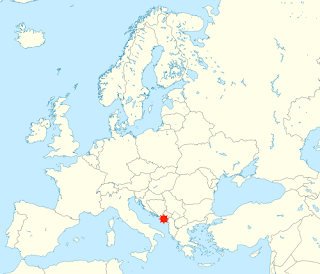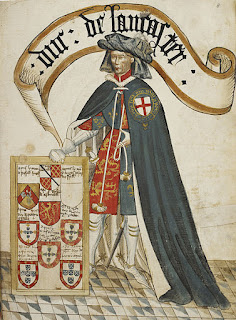“There is a mountain very high and bare…whereon it is given out that witches hold their dance on Walpurgis night.” (Jacob Grimm, 1883)
There is a legend in Germany that witches have an annual meeting on the Brocken, the highest peak of the Harz Mountains. In fear of the witches, the inhabitants of the area would light bonfires and ring church bells. This took place at the end of the year, on the night of April 30th: some culturally significant ways of looking at the annual cycle started the year on May 1st.
Into this likely very old practice we fold the extra ingredient of St. Walburga. Walburga came to Germany in the 8th century and founded a double monastery at Heidenheim. Her work converted many in Germany from heathenism to Christianity. She was considered a powerful deterrent to witchcraft. Her feast day was May 1st, the day that she was canonized (in 870) as well as the day her relics were transferred from Heidenheim to Eichstätt.
So the night of lighting bonfires, ringing church bells, and group gatherings to ward off witchcraft were celebrated on the eve of Walburga's Day, so the night of April 30th. In Germany this is called Walpurgisnacht. This is of course similar to the Gaelic festival of Beltane, celebrated on May 1st. Beltane and Samhain (which we call Halloween) divided the year neatly into two halves.
Walpurgisnacht is observed outside of Germany as well, and has become a time of merry gatherings with food and entertainment as well as bonfires. It is also called Valborgsmässoafton ("Valborg's Mass Eve", Swedish, which is more about the arrival of spring than averting witches), Vappen (Finland Swedish), Vappu (Finnish), Volbriöö (Estonian), Valpurgijos naktis (Lithuanian), Valpurģu nakts or Valpurģi (Latvian), and čarodějnice ("witch burning") or Valpuržina noc (Czech).
Goethe wrote a poem he called die erste Walpurgisnacht ("The First Walpurgis Night"); it is brief, and you can read it here. Felix Mendelssohn wrote a cantata based on it, which can be heard here.
For something quite different, I want to look at Walburga's founding of a "double monastery." What made it double, and was that significant? Let's delve into that next time.



























.jpg)

